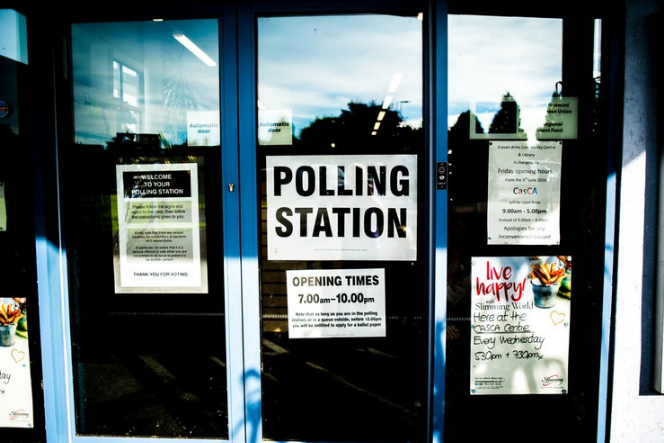With only a few days until masses of Australians head into the polling booths around the country, many of us don’t even know what voting involves or who we should be voting for.
How does the voting system work and what does your vote mean in the end?
Basically, in Australia, we use a preferential voting system which means you’re asked to number the candidates or parties on the ballot paper in your order of choice. You put a number one in the box next to your first-choice candidate, a number two in your second-choice candidate and so on. However, you really want to avoid donkey or informal voting – which we have explained in greater detail here.
There are two different ballots that you’ll need to use, one for the House of Representatives and one for the Senate.

For the House of Representatives, you need to number every box, but for the Senate ballot, you can number six boxes for the parties above the line or 12 boxes for specific candidates below the party.
This is often the confusing bit, whether to vote above or below the line. Voting above the line means you’re voting for the party, and that means the party can choose the candidates. Conversely, voting below the line means you’re voting specifically for the individual candidates. Which should you choose? Well, that’s totally up to you and how much research you’ve put into the candidates.
What happens once you put your vote in?
For the House of Representatives, polling officials will count all of the first preferences on the ballots. Candidates need to receive more than 50 per cent of the vote to be considered the ‘clear winner.’ Sometimes this doesn’t happen, so if there is no clear winner the candidate with the fewest votes will be excluded. If you voted for that candidate first, then your ballot will be re-examined for your second preference.
This is why it’s important to put a number in all six boxes (in order of preference) because even your fourth preference could be counted.
The Senate is a whole new ballpark for counting. It requires candidates to reach a quota of formal votes. Something you may have been hearing about is preference deals if you’ve been paying attention to the electoral news.

Preference deals, according to ABC election analyst, Antony Green, are not the be all and end all.
“For all the talk of preference deals, the reality is that parties cannot direct preferences. The only preferences that count are the numbers written on ballot papers by voters themselves.”
The problem with preference deals is that minority parties can be elected for seats to support the two major parties, ultimately leaning to the same beliefs as the Coalition or Labor party. Preference deals can lead to minority parties swinging votes.
This is all well and good, we know how to vote now, but when you get into the polling booth, you look down at the paper and there is a dizzying number of names and parties. What do they all mean?
The media is saturated by the three primary parties, the Coalition, the Labor party and the Greens, but there’s actually a large range of minority parties that you can still vote for in this election.
Voting for minority parties isn’t as useless as some people think. If minority party candidates are elected into the House of Representatives or Senate, they can swing the voting behaviour in the lower and upper house.

It’s important to research what the minority parties stand for and what their policies propose. Elections are all about research.
So, what we’re telling you to do, if you haven’t already noticed, is to really do your research about the parties. In the end, your vote is the one that counts. There’s not long to go until election day, so it’s time to do a quick web search on party policies and ensure you vote according to your own beliefs. We are the ones who choose our government, it’s time to take advantage of that.
Featured image via Unsplash.

